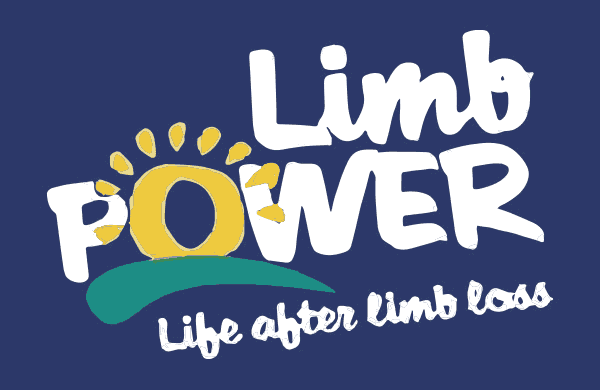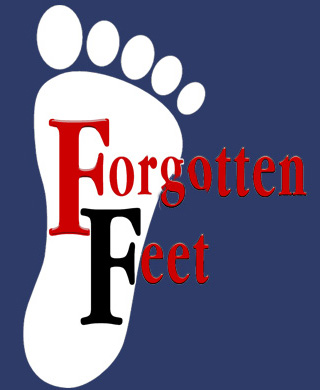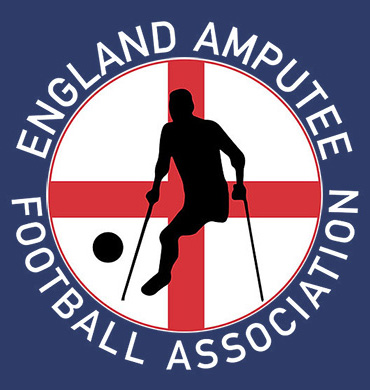Blisters and Pathology in the foot
Welcome to ‘Podiatrist Mike McColgan’s article on blister pathology’ Blisters occur in vigorously active populations and result from frictional forces that mechanically separate epidermal cells at level of the stratum spinosum. Hydrostatic pressure causes the area of the separation to fill with a fluid that is similar in composition to plasma but has a lower protein level. About 6 hours after formation of the blister, cells in the blister base begin to take amino acids and nucleosides; at 24 hours, there is high mitotic activity in the basal cells; at 48 and 120 hours, new stratum granulosum and stratum corneum, respectively, can be seen. Forces involved The magnitude of frictional forces and the number of times that an object cycles across the skin determine the probability of blister development – the higher the frictional forces, the fewer the cycles necessary to produce a blister. Moist skin increases the frictional force, but very dry or very wet skin decreases friction force. Blisters are more likely in skin areas that have a thick horny layer held tightly to underlying structures (e.g. palms of the hands or soles of the feet). More vigorous activity and the carrying of heavy loads during locomotion both appear to increase the likelihood of foot blisters. Antiperspirants with emollients and drying powders applied to the foot do not appear to decrease the probability of friction blisters. There is some evidence that foot blister incidence can be reduced by closed cell neoprene insoles. Wearing foot socks composed of acrylic results in fewer foot blisters in runners. A thin polyester sock, combined with a thick wool or polypropylene sock that maintains its bulk when exposed to sweat and compression reduces blister incidence in Marine recruits. Recent exposure of the skin to repeated low intensity frictional force results in a number of adaptations including cellular proliferation and epidermal thickening, which may reduce the likelihood of blisters. Studies More well-designed studies are necessary to determine which prevention strategies actually decrease blister probability. Clinical experience suggests draining intact blisters and maintaining the blister roof results in the least patient discomfort and may reduce the possibility of secondary infection. Treating de-roofed blisters with hydrocolloid dressings provides pain relief and may allow patients to continue physical activity if necessary. Blisters tend to be ignored or de-emphasised but account for a large number of medical problems and when present, can result in altered gait patterns which go on to result in or exacerbate other more proximal musculoskeletal injuries. What is more concerning again is that blisters become open wounds and as such are susceptible to infections (Berkley et al 1989). This will have a debilitating effect on the movement which is becoming increasingly stressed in all members of society. From the sedentary office worker to the military personnel involved in operations. A case series reported the death of a soldier and hospitalisations due to Staph aureus infections in association with blisters (Brennan et al 2002) Friction blisters can have a negative effect on an individual’s ability [...]



